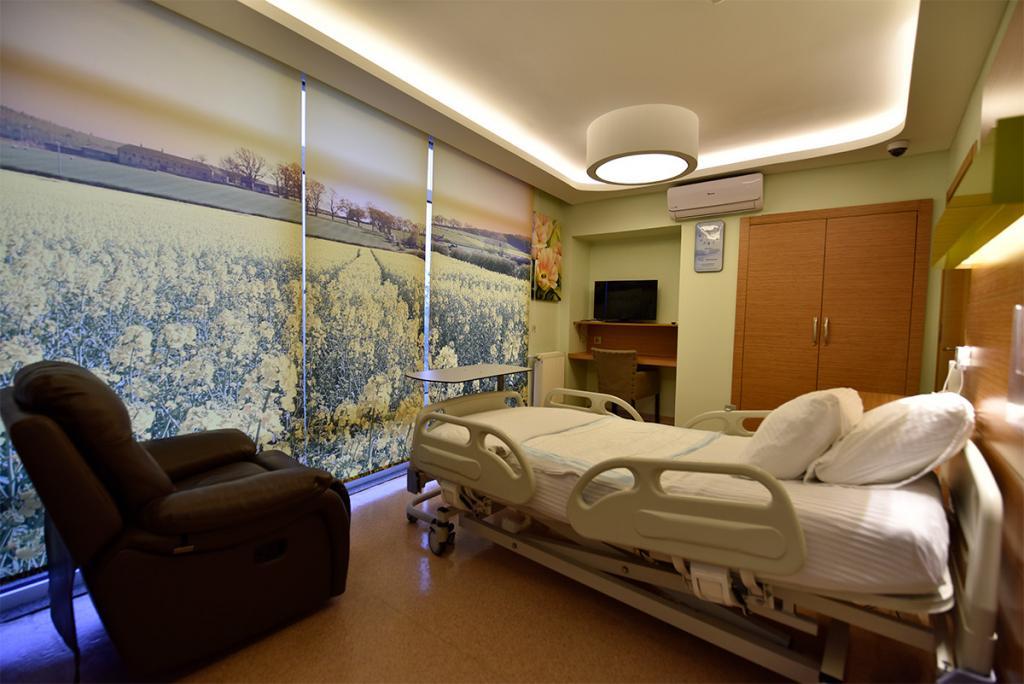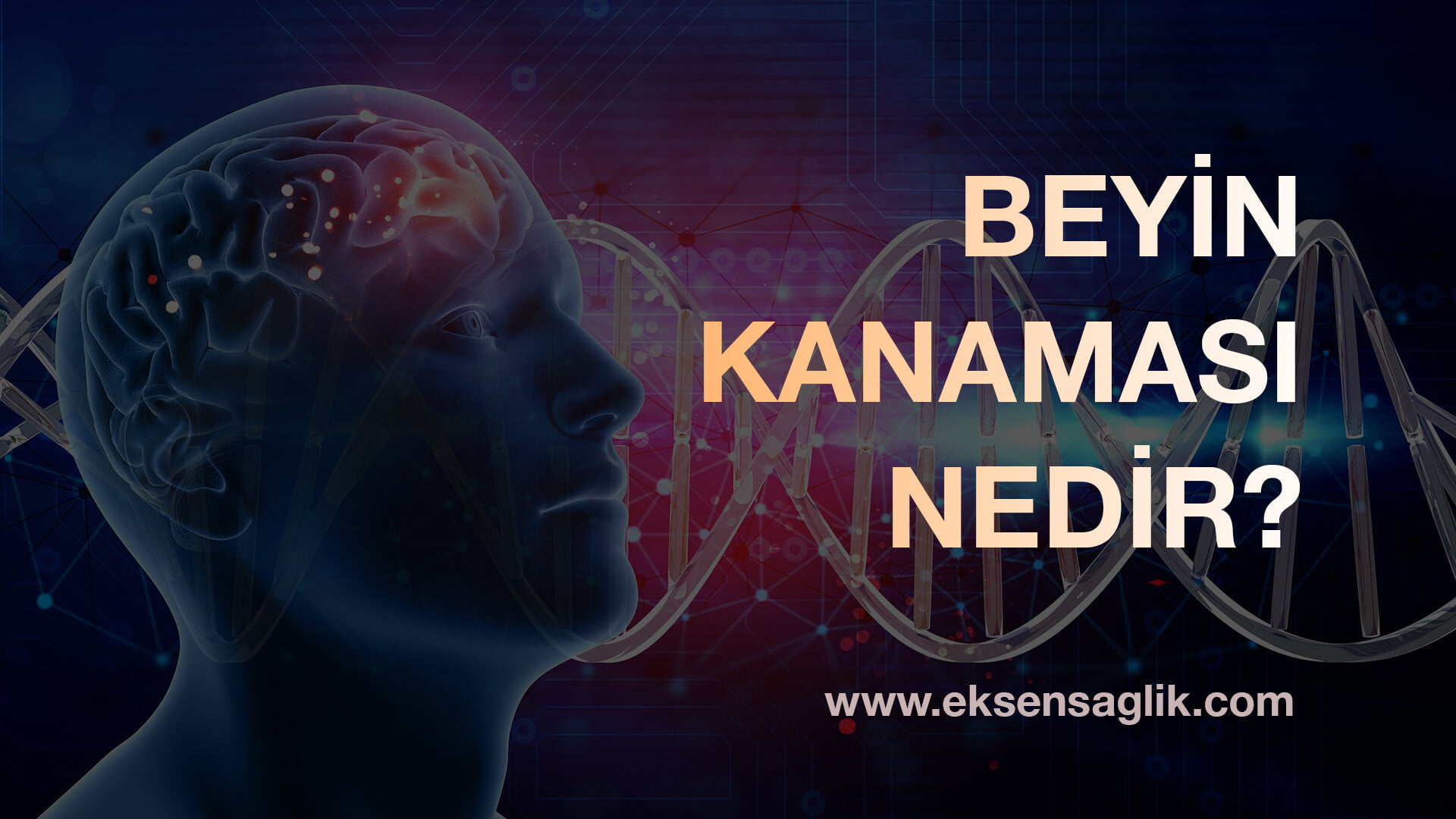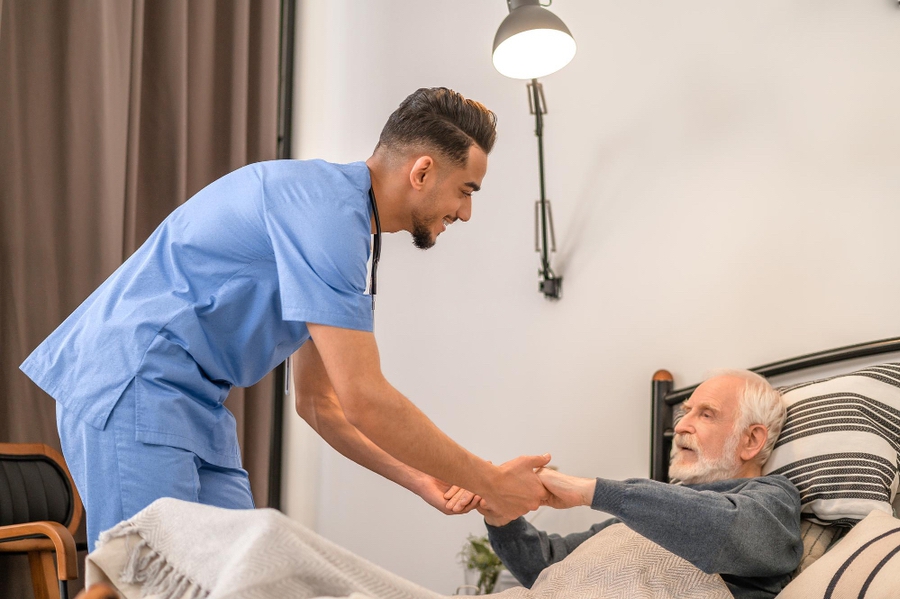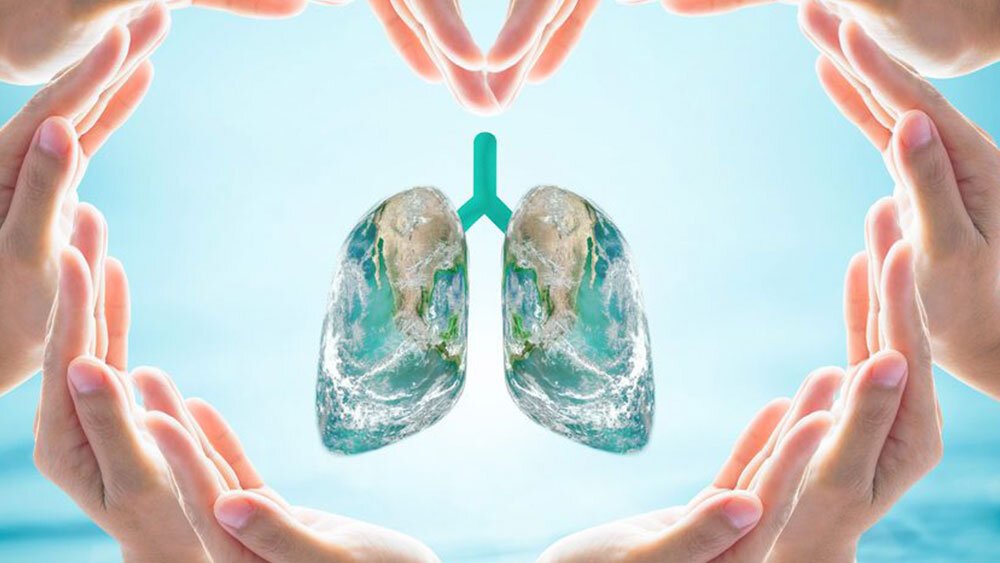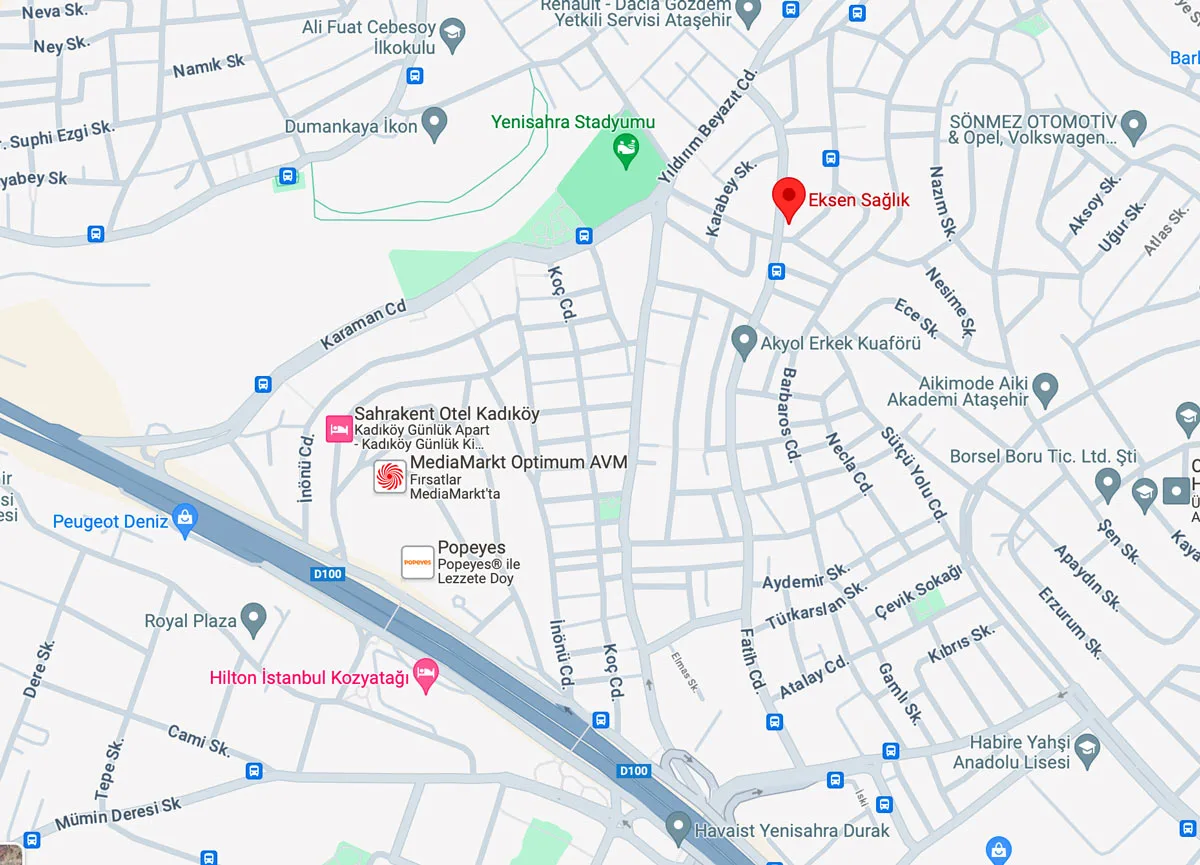Neck Hernia and Treatment
Neck Hernia and Its Treatment: There are 7 vertebral bodies in the neck. The only difference in their structure from the lumbar vertebrae described in the previous section is that they are smaller.
We call cartilage cushions between the vertebrae are available. The disease that occurs as a result of the rupture of this cartilage structure and the compression of the nerves dispersed in the spinal cord or arm in the spine is called neck hernia. The patient has a severe neck pain along with radiating pain and numbness in the arm.
If the cartilage torn over time presses on the nerves, weakness in the arm, and if it presses on the spinal cord itself, movement defects may occur in the whole body. In the very advanced stages of the disease, patients who become bedridden are encountered.
The structure of the neck vertebrae
It consists of 7 vertebral bodies starting from the skull base. In the middle of each vertebral body is the spinal cord, which is the continuation of the brain. The senses returning to the brain from various parts of the body or the orders dispersed from the brain to the body travel within the spinal cord.
In the neck region, the nerves coming out of the level of each vertebral body spread to the arm and back, providing the sensation and movement of these regions.
The disc tissue, which we call the intervertebral cushion, has the outer part (anulus fibrosus) and the inner part (nucleus pulposus).
Neck hernia occurs as a result of the gelatinous inner part tearing the outer part, which consists of a stronger connective tissue, and compressing the spinal cord and nerves. The main difference from lumbar hernia is that there is partial or complete weakness in the whole body as a result of pressure not only on the nerves but also on the spinal cord itself.
Since the spinal cord terminates at the level of the first lumbar vertebra and there are only nerves going to the feet in the lower lumbar vertebrae, paralysis is seen in the area where a certain nerve is distributed in herniated disc.
Risk factors for neck hernia
* The wear and tear of the cartilage between the neck vertebrae, which we call degeneration
* Sudden and strong neck movements. Lifting heavy, sudden reverse turns.
* Long-term work with head tilted: Desk jobs.
* Sudden braking or traffic accident, especially for those who drive without wearing a seat belt.
* Previous neck trauma, sports injuries.
* Osteoporosis.
Neck hernia Diseases associated with:
* Fibromyositis: It is a frequently recurring spasm of the neck and lower back muscles. It is popularly known as adele's rheumatism.
* Impigment Disease: It is characterized by stiffening of the shoulder joint and severe pain radiating to the arm. The disease causes more severe pain, especially at night.
* Nerve Traps: It is the compression of the nerves dispersed from the spinal cord at certain points in the arm. The most well-known is Hand-Wrist Canal Disease, and it is pain and numbness that spreads to the entire arm at night, especially in women who are older than middle age or in anyone who requires wrist strength. If it is associated with neck hernia, it is called double entrapment and both must be treated at the same time. Detailed information about nerve entrapments is given in the next topic.
* tenosynovitis: It occurs as a result of swelling of the sheath of the muscles in the arm due to forcing or rheumatic reasons. It progresses with regional pain.
Methods used in the diagnosis of neck hernia
Clinical examination, Cervical MRI, Cervical CT, EMG. Clinical examination and Cervical MRI must be done. EMG is used if necessary to differentiate nerve entrapments.
Staging of neck hernia
The patient diagnosed with herniated disc may be in any of the following clinical conditions.
1- Severe neck pain and or arm pain.
2-Moderately recurring pain.
3- Signs of nerve damage such as weakness or numbness in the arm with pain.
4-Weakness and numbness in the arms and feet with the pain.
5- Increasing loss of strength and numbness in the arms and feet, and pain may not be in the foreground (narrowing due to calcification in the spinal canal following recurrent neck hernia attacks).
Treatment principles for staging
In stage 1-2, primarily drug therapy, use of a neck brace, and physical therapy are tried. In this period, the recovery of the disease is aimed at reducing the amount of water in the ruptured disc tissue with rest and medications. This period must occur within 1 month. Patients who do not improve despite conservative treatment for more than a month are candidates for surgical treatment.
The purpose of all the various types of lanyards is:
Başın boyun omurlarına olan basıncını azaltmak ve boynu hareketsiz tutarak istirahat ve iyileşmeyi sağlamaktır. Evre 3-4-5 de omurilik ve sinir dokusundaki hasar artmadan cerrahi tedavi uygulanmalıdır. Sinir dokusundaki ileri derece hasarlar cerrahi tedaviyle düzeltilemez. Bu sebeple uyuşma , hemiplegia gibi bulgular saptanırsa erken dönemde ameliyat başarı sağlar.
Neck Hernia and Treatment
Surgical treatment of neck hernia, cervical microdiscectomy
The aim of surgical treatment is to remove the pressure on the spinal cord and nerve tissue. Thus, the patient is relieved of symptoms such as pain relief and numbness-weakness. These attempts, made at the right time and in experienced hands, give very good results. The only method used today is cervical microdiscectomy. In some patients, a bone removed from the body or synthetic prostheses are applied to replace the removed cartilage with microdiscectomy.
Advantages of cervical microdiscectomy:
* Minimum risk of tissue damage, blood loss and infection due to surgery.
* Complete removal of the torn cartilage under the microscope.
* Absence of postoperative pain and restriction of movement.
* The patient can return home and work in a short time.
Positive factors in neck hernia surgery
* The patient's current complaints and findings are compatible with the MRI.
* Timing of surgical intervention without permanent damage to spinal cord or nerve tissue.
* Absence of risk factors such as diabetes, hypertension, smoking.
* Ameliyattan sekonder kazanç dediğimiz , psikolojik beklentiler olmaması.
* Understanding the pre- and post-operative treatment principles within the framework of the physician-patient relationship, based on trust.
* Cerrahın konu hakkındaki tecrübesi, gerektiğinde servikal füzyon dediğimiz kemik veya protez uygulamasını aynı seansta yapabilmesi.
Neck Hernia and Its Treatment: Surgery Under general anesthesia, it is performed on the anterior face of the neck, preferably on the right side. Reaching the anterior surface of the spine, the surgeon reaches the desired spine distance with fluoroscopy control. From this moment on, it starts to clean the cartilage between the two vertebrae using a microscope. Finally, the torn cartilage that is pressing on the nerve or spinal cord is removed and the pressure is removed.
Bu andan itibaren kemik veya protez greft kullanımı yırtılan kıkırdağın omurgada yaptığı hasara bağlı olarak uygulanır. Yumuşak fıtık dediğimiz ve omurgada kireçlenmelere yol açmamış boyun fıtığında bu işlem gerekli değildir. Omurgada kireçlenme yapmış boyun fıtıklarında füzyon dediğimiz protez uygulamasının yapılması gerekir.
After the surgery, the patient gets up 3 hours later and is sent home in the evening. The patient, who needs to wear a neck collar for 1-3 weeks, can return to work after 10 days.
Other Services As Eksen Health:
NEUROLOGICAL REHABILITATION
Felç (İnme – hemiplegia) Tedavisi
Sağ/Sol Taraf Paralysis Treatment
Beyin Kanaması Sonrası Rehabilitasyon
Rehabilitation after Coagulation
Hemiplegia Tedavisi
Rehabilitation of Brain & Spinal Cord Tumors
Cancer Rehabilitation
Parkinson's Treatment
Multiple Sclerosis (MS) Treatment
Spinal Cord Paralysis Treatment
Ataxia Rehabilitation
Gullian-Barre Rehabilitation
Occupational Therapy (Ergotherapy)
Speech Therapy
Bedridden Rehabilitation
Swallowing Rehabilitation
NG’li PEG’li Hasta Rehabilitasyonu
ORTHOPEDIC REHABILITATION
Rehabilitation After Hip & Knee Prosthesis
Rehabilitation after Femur & Hip Fracture
Ameliyat – Cerrahi Sonrası Fizik Tedavi & Rehabilitasyon
Lumbar & Neck Hernia Treatment
Fibromyalgia Treatment
Osteoarthrit Treatment
Rheumatoid Arthrit Treatment
Sciatica Treatment
Treatment of Priformis Syndrome
Muscle Pain and Chronic Pain Treatment
Bedridden Rehabilitation
GERIATRIC REHABILITATION
Dementia Rehabilitation
Alzheimer Rehabilitation
Fear of Fall treatment
Walking Rehabilitation
Treatment of Balance Disorder
Preventive Rehabilitation (Increasing Joint-Muscle Strength)
Cognitive Rehabilitation
Bedridden Rehabilitation



